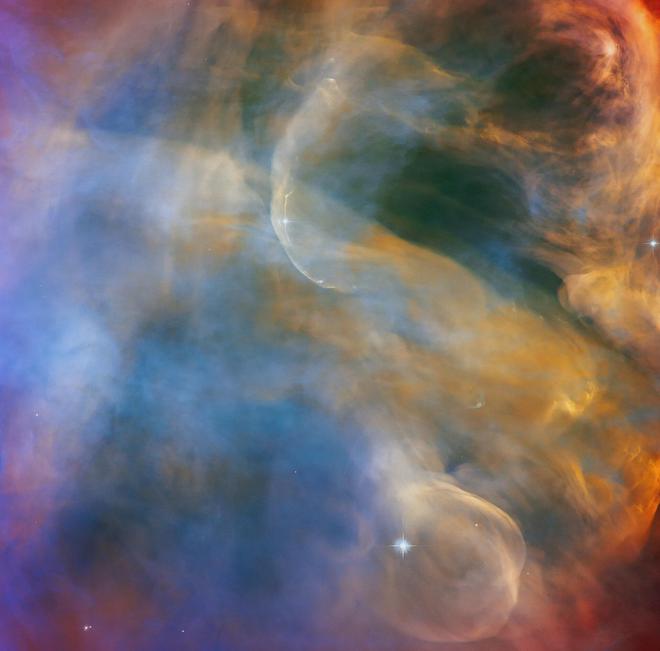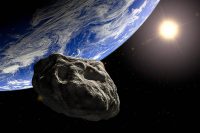Hubble provides a view of the region surrounding Herbig-Haro object HH 505 in the Orion Nebula. This is an image full of colors and curves, like a beautiful abstract watercolor painting. ESA described it as a “celestial cloudscape”.
“Herbig-Haro objects are glowing regions around newborn stars when stellar winds or gas jets from these newborn stars form shock waves that interact with nearby gas and dust,” ESA said in a statement Friday. Formed during high-speed collisions.”
HH505 owes its appearance to a star called IX Ori, which is located in the distant Orion Nebula about 1,000 light-years away. The star’s outflow is shown as a curved structure at the top and bottom of the full image.
Hubble’s observations of the Orion Nebula, an active star-forming region, highlight the work of young stars and how they affect their spatial neighborhoods. The telescope is a joint project of NASA and ESA.
If you liked this photo of HH505, be sure to check out NASA’s 2018 visualization video, which uses combined observations from the Hubble and Spitzer Space Telescopes to “fly” into the nebula.
While Webb is a shiny new thing, it’s not meant to replace Hubble, which has apparently been in service for over 30 years. The two telescopes have different specialties, and both will contribute to an ever-increasing understanding of the universe.




GIPHY App Key not set. Please check settings